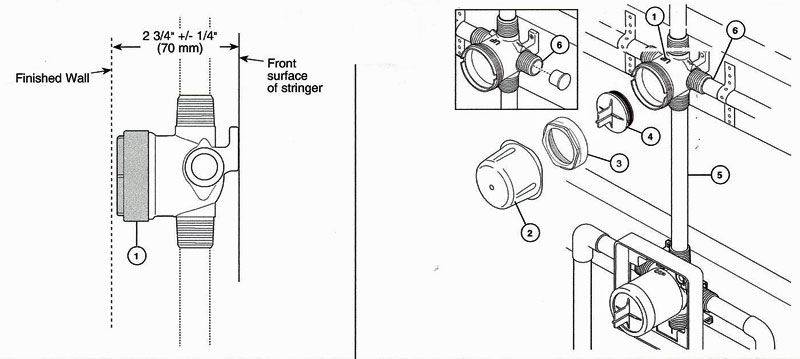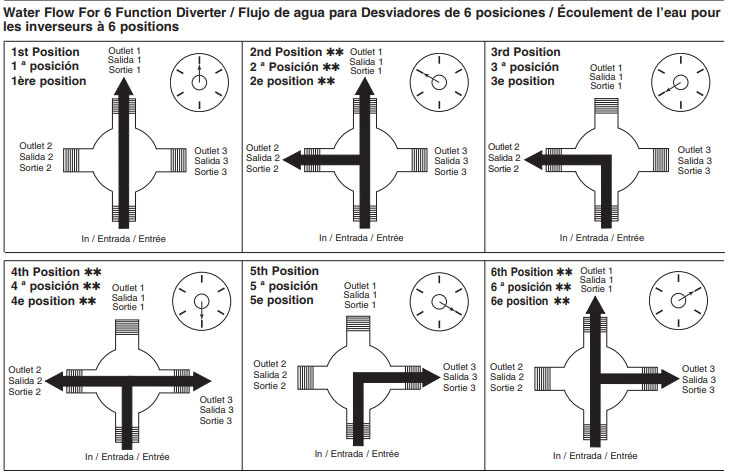Earl The Pearl
New Member
Hi all,
New here, and to larger plumbing jobs, so forgive me if I haven't been able to find the answer to this question through the search function. Wife recently bought, was sold, a Brizo Rook Non Diverter Tub Spout, Delta R10000 and R11000 and brought it home for me to pipe in on the new remodel along with the shower head and separate hand shower. My question is ........ can feed all three, independently, with the diverter (R11000), just run a separate feed from the diverter to the tub spout instead of using the original lower port on the mixing valve (R10000), since the tub spout doesn't have a diverter built in ?
Earl
New here, and to larger plumbing jobs, so forgive me if I haven't been able to find the answer to this question through the search function. Wife recently bought, was sold, a Brizo Rook Non Diverter Tub Spout, Delta R10000 and R11000 and brought it home for me to pipe in on the new remodel along with the shower head and separate hand shower. My question is ........ can feed all three, independently, with the diverter (R11000), just run a separate feed from the diverter to the tub spout instead of using the original lower port on the mixing valve (R10000), since the tub spout doesn't have a diverter built in ?
Earl


